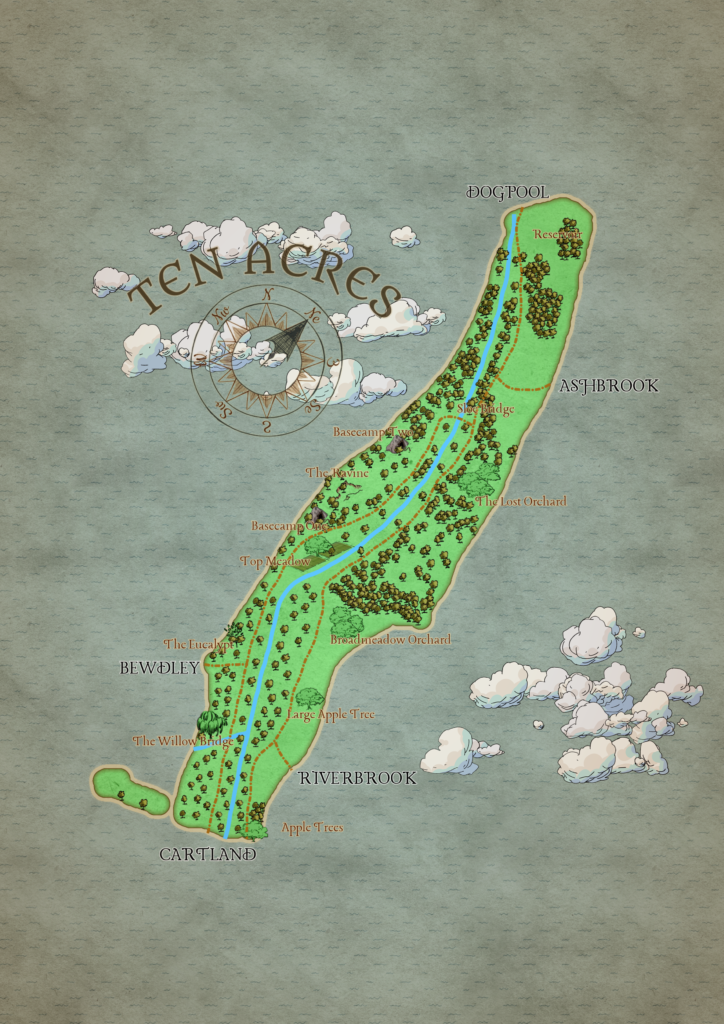Spotted by Volunteer Stephanie. First logged 27/04/20
Crataegus Monogyna, common name – Common Hawthorn
Family Rosaceae
Status Commonly Widespread
Details Shrubby Bush or Tree thorny branches. Produces deeply lobed leaves first in spring and then flowers after (unlike blackthorn). Produces deep red fruit with white/creamy flesh which persists through winter. Various varieties can occur. Common Hawthorn has white, highly scented blossoms. Other cultivated varieties may have pink, red or deep purple blossoms sometimes double petaled.
May also be
Midland hawthorn (Crataegus laevigata). The flowers of common hawthorn have a single stigma, whereas Midland hawthorn has two. The common hawthorn fruits have a single seed, whereas the fruits of Midland hawthorn have two seeds. The leaves of common hawthorn are not as deeply cut. (Woodland Trust)

Ten Acres Habitation
Found very commonly all along the River Rea on both sides of the river lining the pathways.
Habitat Potential Value
Common hawthorn can support up to 300 insects and is a great food source for many moth caterpillars including Hawthorn, Orchard Ermine, Pear Leaf Blister, Rhomboid Tortrix, Light Emerald, LAckey, Vapourer, Friuitlet-Mining Tortrix, Small Eggar and Lappett.
Flowers are eaten by doormice and provide pollen and nectar for bees and other pollinating insects.
Migrating birds favour the berries including Redwings, Fieldfares and Thrushes. It also makes great nesting shelter.









